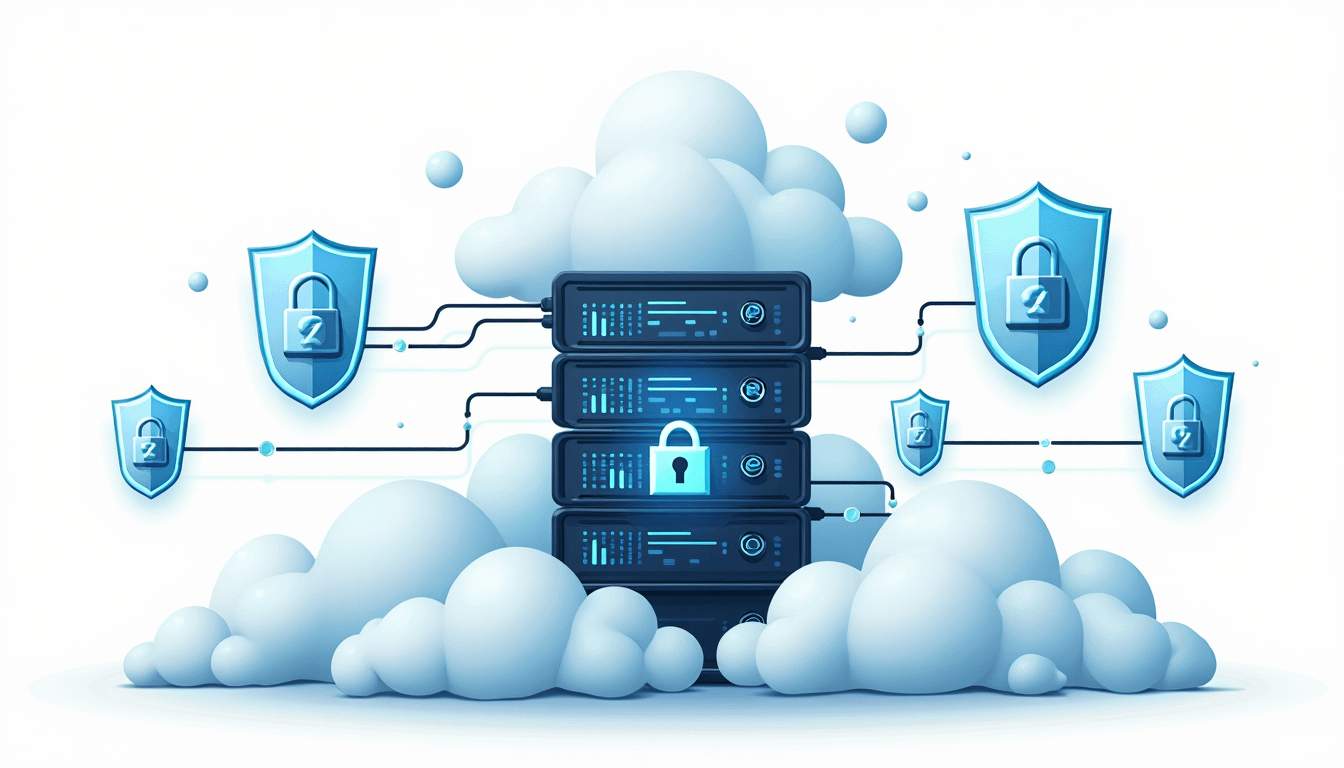AI Security and Privacy Implementation Guide
This guide outlines practical, technically grounded steps for protecting data and models throughout the machine learning lifecycle. It synthesizes best practices from industry standards, recent research, and operational experience so teams can reduce risk while enabling responsible AI deployment.
Operational governance and vendor risk management are equally important. Catalog third-party tools, cloud providers, and data processors and assess them for security controls, compliance certifications, and data handling practices. Include data protection clauses in contracts that specify permitted uses, breach notification timelines, audit rights, and obligations for subprocessors. Provide regular training for data scientists, engineers, and product owners on secure data handling, privacy principles, and how to spot leak-prone practices (for example, copying raw data into notebooks or storing checkpoints in public buckets). Establish clear ownership for data protection responsibilities so that decisions about retention, anonymization, and access are made transparently and consistently.
Finally, implement continuous monitoring and incident response playbooks that cover both data and model-level events. Monitor models in production for signs of data drift, performance degradation across subgroups, and indicators of model extraction or inversion attacks. Combine technical detection (rate limiting, query anomaly detection, canary datasets) with an incident-response process that includes forensic capture of datasets, lock-down of affected artifacts, and regulatory reporting steps where required. Regular tabletop exercises and post-incident reviews will help iterate controls and keep protection practices aligned with evolving threats and regulations.
Manage third-party dependencies and model supply chains carefully. When integrating pre-trained models or components from external sources, validate provenance, scan for embedded malicious code or unexpected behaviors, and run compatibility and safety checks in an isolated environment before promotion. Maintain an auditable model registry that records lineage, training datasets, hyperparameters, and evaluation artifacts so teams can trace back to a reproducible state if issues arise. Use signed images and reproducible builds in CI/CD pipelines to ensure binaries and containers loaded in production match vetted artifacts.
Operational practices around compute and infrastructure also affect security. Limit privileged access to training clusters and maintain separation between experimental and production environments to reduce risk of accidental data leakage. Implement fine-grained logging of training and inference operations, with retention policies that balance forensic needs against privacy and cost. Finally, ensure compliance and external reporting requirements are integrated into lifecycle tooling—automating evidence collection for audits and facilitating rapid coordination with regulators or stakeholders during security incidents.






